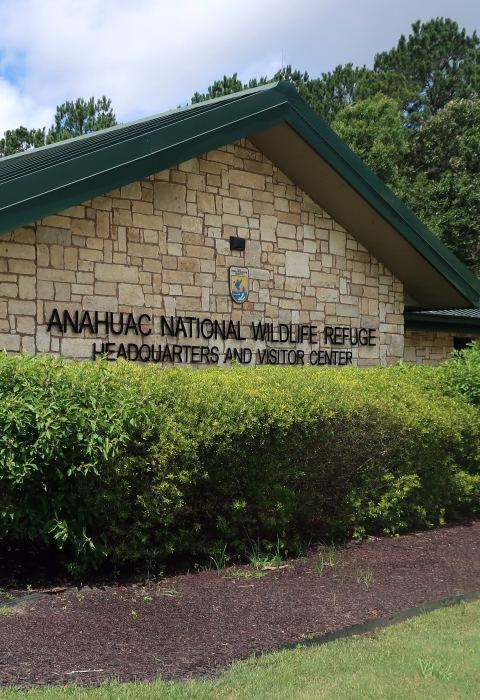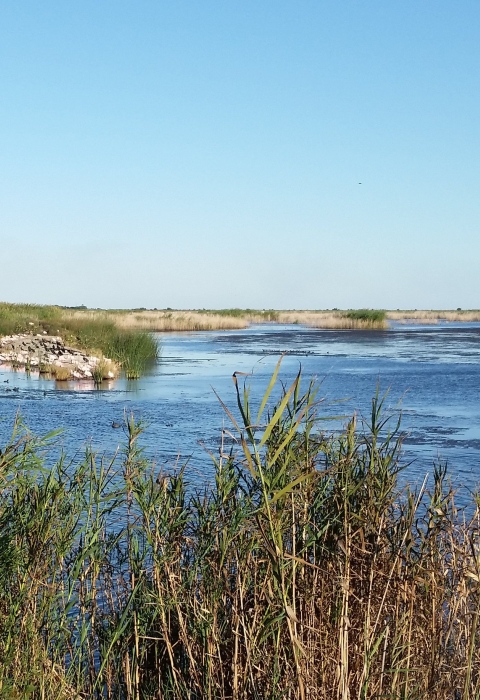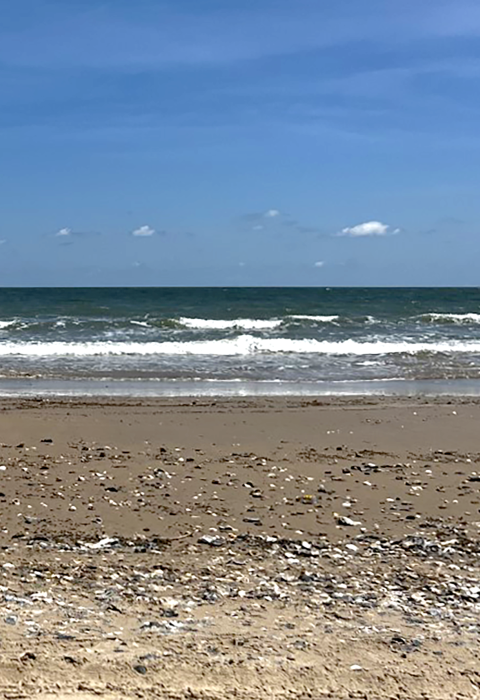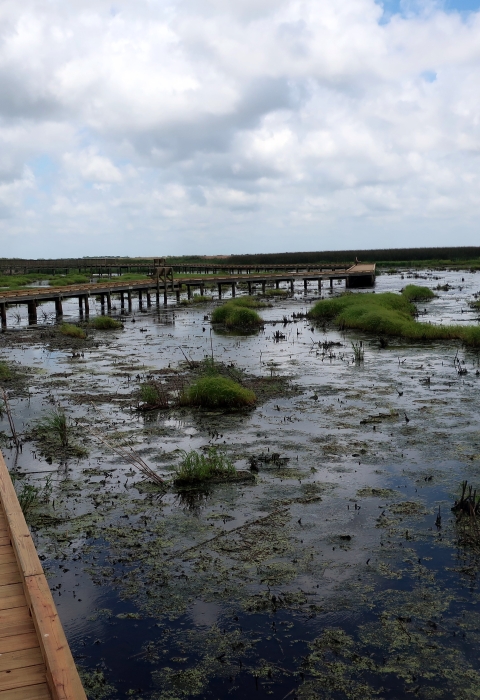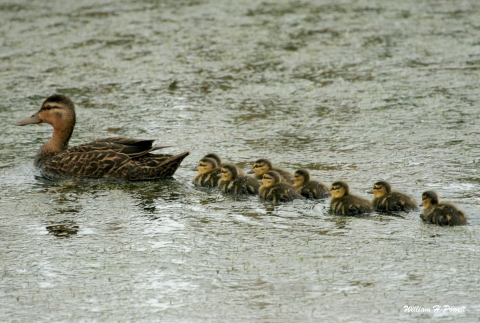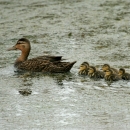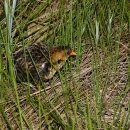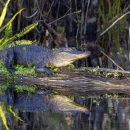Seasons of Wildlife
Though the Refuge was initially created to support migrating waterfowl, there is always something to see, no matter what the season. Check out the “Bird Checklist of Anahuac National Wildlife Refuge” for a list of specific birds during Spring, Summer, Fall and Winter.
Listed below are some of the best times to see things, but there are always exceptions:
- Spring - alligators, nutria, snakes, caterpillars, wildflowers, frogs, bees, turtles, nesting birds, songbirds, insects, lizards, otters, raccoons, rabbits
- Summer - baby alligators, nutria, snakes, wildflowers, frogs, turtles, baby birds, wood storks, dragonflies, spiders, insects, lizards, rabbits, hermit crabs
- Fall - butterflies, alligators, wildflowers, snakes, turtles, rabbits
- Winter - hawks, waterfowl in large numbers, raccoons, eagles, otters, coyotes, rabbits
Featured Species
The mottled duck (Anas fulvigula) is a non-migratory resident of the southeastern U.S. and northeastern Mexico. It is a management priority of the Anahuac National Wildlife Refuge, which has been
studying mottled ducks for many years to learn more about the species' habitat needs, regional movements and other factors that affect the population.
Research projects on the refuge focus on the mottled duck’s use of local national wildlife refuges (Anahuac, McFaddin and Texas Point), state managed properties and private lands. One study outfitted mottled ducks with small transmitters that allow biologists to track the movements of individual birds for up to five years. As of 2011, biologists have tracked more than 120 individual birds. The results indicate that mottled ducks—which normally avoid open water—have begun spending extended time offshore in the Gulf of Mexico. Scientists suspect habitat loss and saltwater intrusion, both a result of coastal development, may be forcing the ducks out of their wetland habitats. Coastal research in other regions show similar trends, indicating the problem may be more than just local. Studies like this help biologists and land managers better understand the issues and how to address them for the benefit of the mottled duck and other species that are also dependent on wetlands.
The mottled duck is considered an indicator species for coastal marsh and wetland health by the U.S. Fish and Wildlife Service. It is a species of waterfowl that is increasingly less common along the Texas Gulf Coast. Right now, population levels are gauged to be 17% below the goal numbers established by the Gulf Coast Joint Venture for Texas as necessary for a stable population.
The National Wildlife Refuge System, Texas Parks and Wildlife Department and many private landowners are doing important work on public and private lands to try and ensure this iconic Texas bird will continue to grace the landscape for the benefit of future generations.
